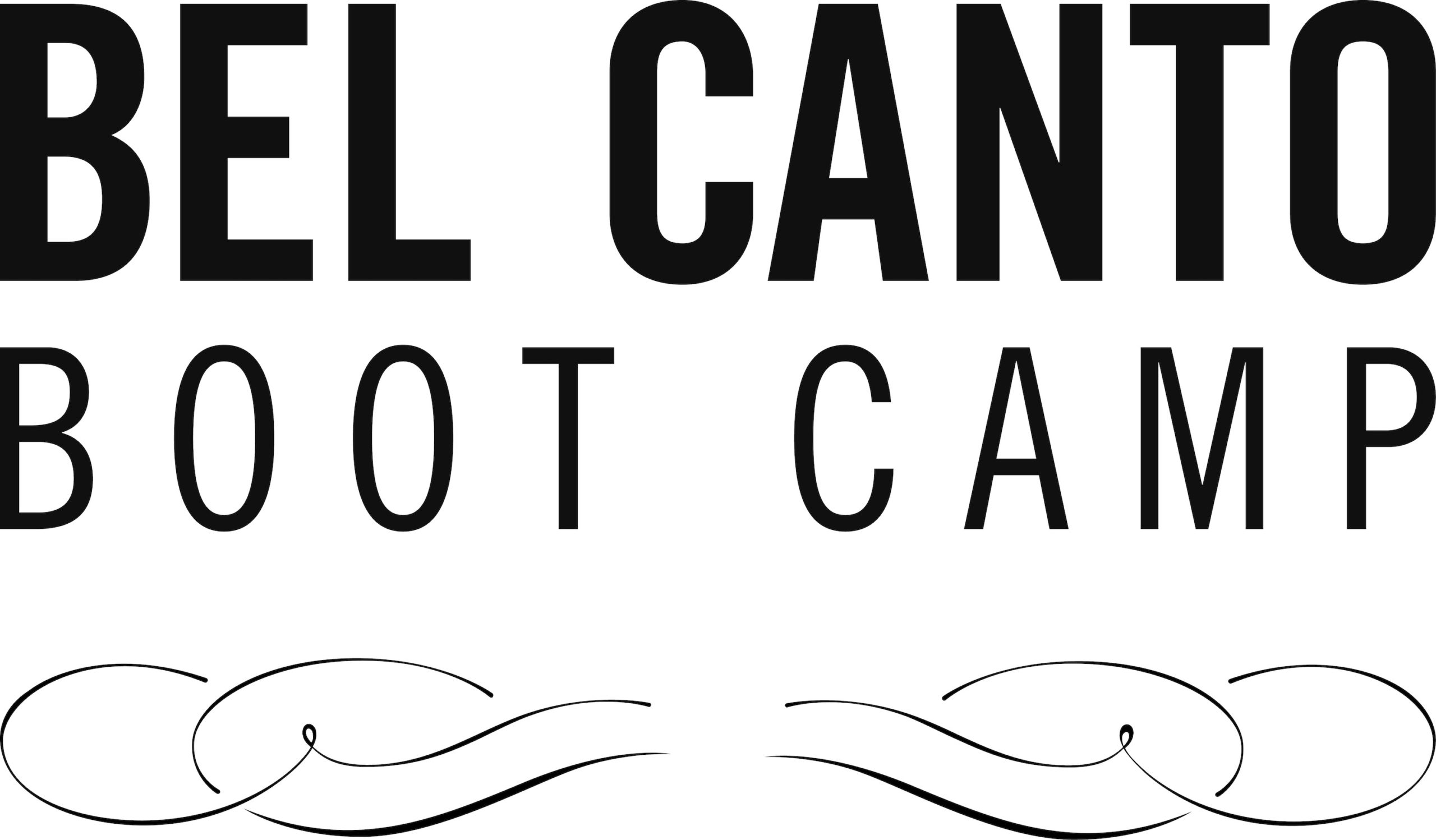Lynne Truss. Eats, Shoots & Leaves: A Zero Tolerance Approach to Punctuation. Gotham Books, 2003.
As a new semester begins, I am preparing for the eternal question from young singers, “Where do I breathe?†Where indeed. There is a limit to how long we can sing before we need to stop and take a breath, after all, but decisions as to where to breathe have more factors for consideration than that. Assuming the composer did not write in a rest or breath mark for us, how do we decide where we can and also where we cannot breathe?
One consideration is the poetry: in particular, the punctuation. A passage from a book I hold dear has stayed with me throughout the many years since I first read it. What I learned from Lynne Truss is that ancient texts did not have punctuation until around 200 BCE when Aristophanes of Byzantium (librarian at Alexandria) who is credited with creating “a three-part system of dramatic notation (involving single points at different heights on the line) advising actors when to breathe in preparation for a long bit, or a not so long bit, or a relatively short bit….†Those markings correspond to the modern period, semicolon and comma.
Punctuation was created to help people reading aloud. The many complex rules involving grammar would come later and continue to cause no end of headaches and disputes. Mention the so-called Oxford comma on social media to see what I mean. Truss takes on all manner of punctuation marks with a dry wit and a take-no-prisoners approach. She’s mad as hell (about apostrophes used to form plurals, among other ills) and isn’t going to take it anymore!
For a subject so nerdy, it is an enjoyable read, and for singers it has a particular relevancy because we are constantly having to decide how to group together words and pitches into groups in ways that make sense. As an added bonus, you will come away knowing how to confidently use a semicolon!
